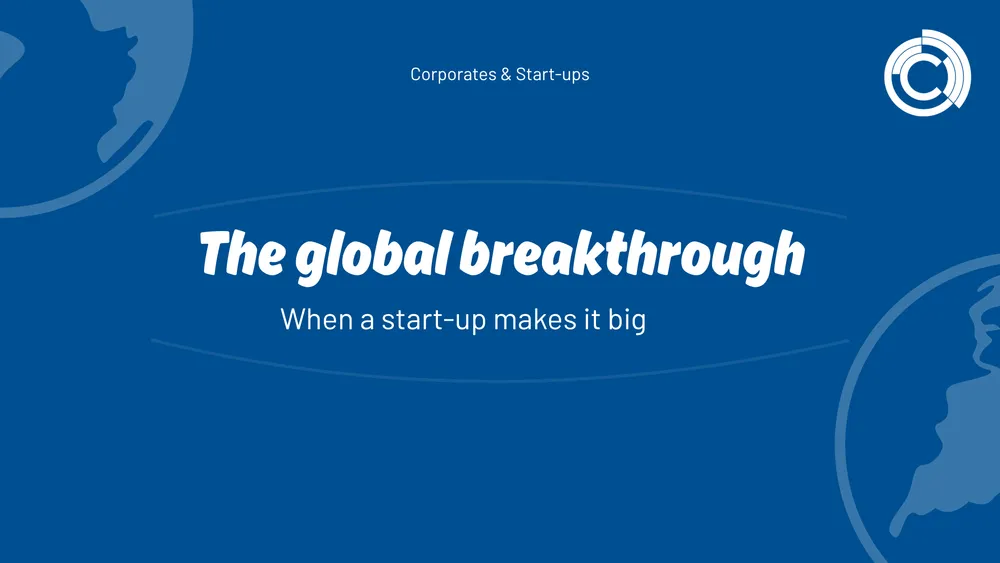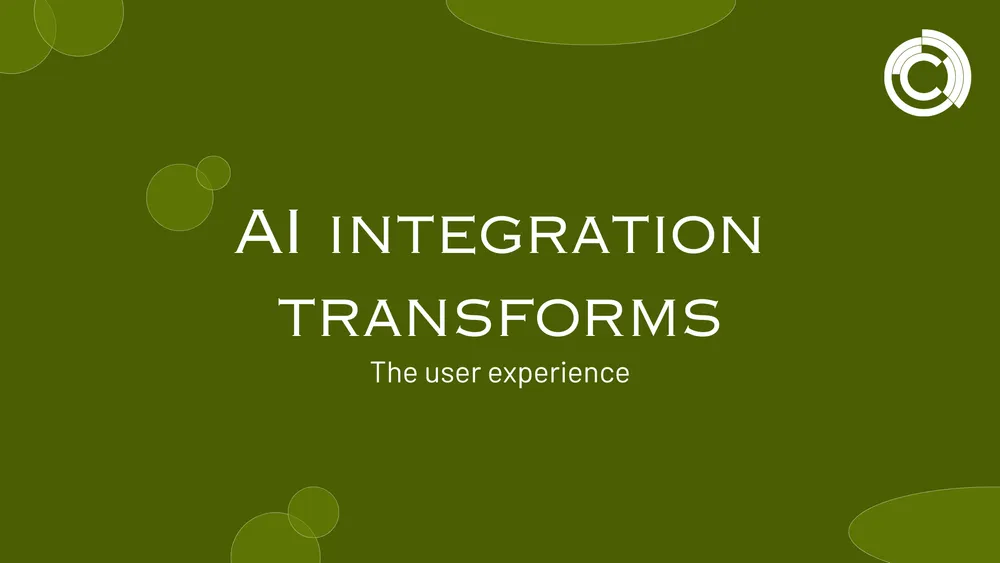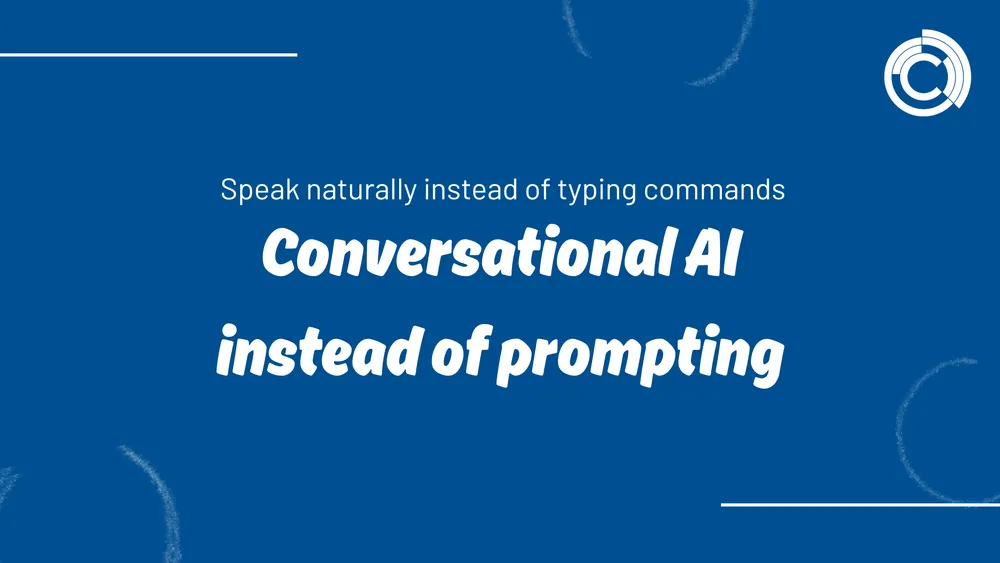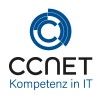
CCNet
Oct 15, 2025 • 2 min read
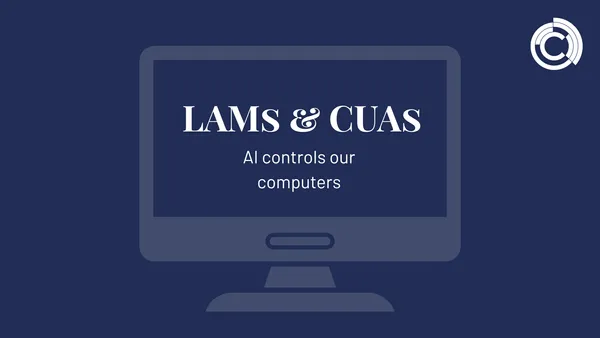
LAMs & CUAs – AI controls our computers
Artificial intelligence is changing not only what we do, but also how we interact with technology. In 2025, a new generation of applications will emerge: LAMs (Language Action Models) and CUAs (Computer User Agents). These systems enable AI to directly control computers and software – a radical change that redefines the relationship between humans and machines.
From tool to operator
Until now, AI has been a tool: humans gave instructions and AI delivered results. With LAMs and CUAs, this relationship is being turned on its head.
• LAMs translate natural language directly into actions.
• CUAs act like a virtual “colleague at the computer” who controls the mouse, keyboard, and programs.
Example: Instead of preparing a spreadsheet yourself, a voice command such as “Create an overview of the latest quarterly figures” is all it takes – and the CUA opens Excel, aggregates data, and formats the spreadsheet.
A new kind of user experience
For users, this means a fundamentally changed user experience:
• Work steps are eliminated because AI does them independently.
• Employees focus more on strategic tasks.
• IT systems become more accessible as operational complexity decreases.
The computer is thus transformed from a toolbox to an active partner that independently designs work processes.
Opportunities for companies
Several opportunities open up for management:
• Productivity boost: Routine tasks disappear and processing time is drastically reduced.
• Scalability: Once trained, agents can be deployed on a large scale.
• Competitive advantage: Early adopters benefit from more efficient processes and higher employee satisfaction.
Particularly exciting: integration across departmental boundaries. CUAs can link data from different systems—e.g., customer data from CRM with production data from ERP—and thus accelerate decision-making.
Risks and challenges
As great as the opportunities are, it is important to be aware of the risks:
• Trust issue: Employees must be able to understand what the AI is doing on the computer.
• Consequences of errors: Automated actions can have serious consequences if they are executed incorrectly.
• Security: CUAs require extensive system rights – a potential gateway for abuse.
Management must therefore establish clear control mechanisms. Human supervision and a gradual rollout are crucial for building trust.
Strategic importance
LAMs and CUAs mark the next step in the evolution of digital work. They are shifting the boundary between humans and machines: Employees no longer delegate tasks to software, but to autonomous digital agents.*
For managers, the question arises: Which tasks can CUAs take on – and which must remain in human hands? The answer depends on the industry, risk appetite, and regulatory framework.
Conclusion: From clicking to delegation
The future of work no longer lies in “clicking and typing,” but in delegating to intelligent systems. LAMs and CUAs turn computers into active colleagues that control processes independently.
For companies, this means that those who gain experience early on can massively increase productivity and efficiency. Those who wait too long risk competitors not only working faster, but also smarter.
Further information can be found here:AI Trends 2025
FAQs about LAMs & CUAs
What are LAMs and CUAs?
LAMs translate language into actions, while CUAs control computers like virtual colleagues.
How does this change the way we work?
Routine tasks are delegated, and the user experience becomes simpler.
What are the advantages for companies?
Productivity boost, scalability, and more efficient processes.
What are the risks?
Errors, potential for abuse, and lack of traceability.
What role does management play?
It must develop clear control mechanisms and rollout strategies.
